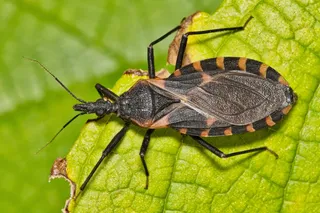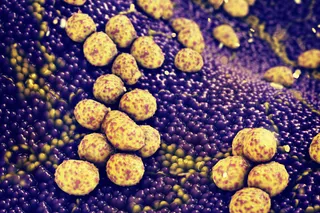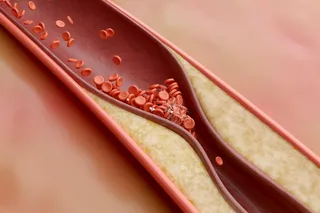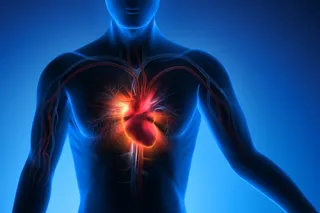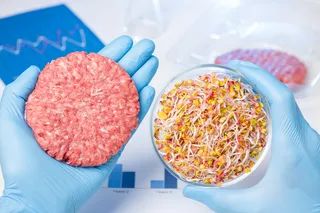If you have more than a marginal interest in evolutionary biology you will no doubt have stumbled upon the conundrum of sex & sexes. Matt Ridley's most prominent work, The Red Queen: Sex and the Evolution of Human Nature, covered both the theoretical framework and applied implications of the subject. Ridley leaned heavily upon William D. Hamilton's scientific work, which extended upon Leigh Van Valen's concept of the book's titular Red Queen. The complex interplay between pathogens & multicelluar organisms across the eons is a topic of such breadth and depth that a substantial proportion of the territory in evolutionary biology is still devoted to it, and how sex may relate this dance. Hamilton spent the second half of his career focusing on just this question, outlined in Narrow Roads of Gene Land, volume 2 of his collected papers.* The question of sex begins with a simple self-evident curiosity: why ...
The arcs of evolutionary genetics always cross back
Explore the intriguing interplay of evolutionary biology and sex, examining how outcrossing impacts adaptation and mutation load.
More on Discover
Stay Curious
SubscribeTo The Magazine
Save up to 40% off the cover price when you subscribe to Discover magazine.
Subscribe


